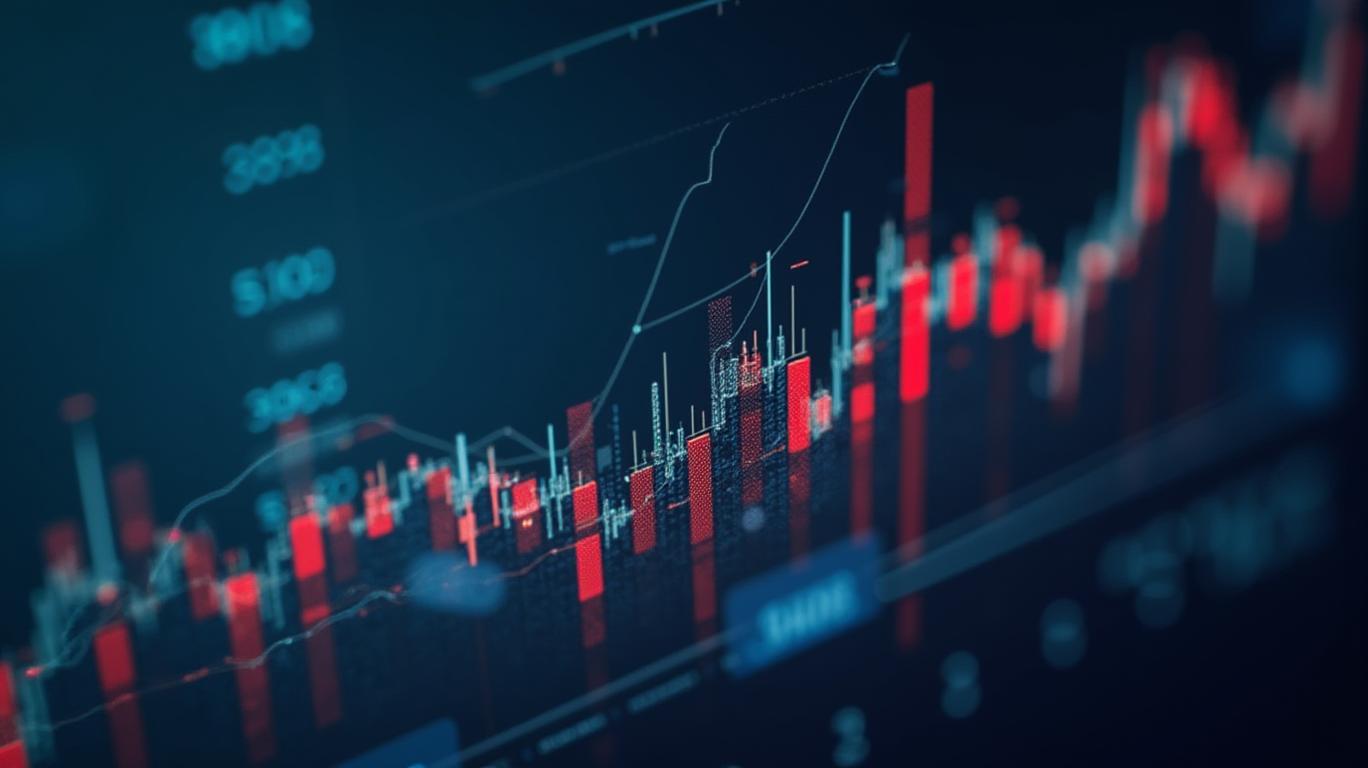Bearish Sentiment Overdone: UBS O'Connor Sees Relief Rally Ahead
The drumbeat of bearish sentiment in markets has reached a crescendo, but UBS O'Connor’s latest analysis suggests it may have gone too far. In a recent interview with Bloomberg Television, Bernie Ahkong, CIO of UBS O'Connor’s global multi-strategy alpha product, argued that the near-term environment is ripe for a rebound, driven by a stark divergence between cyclical and defensive sectors.
The Case for a Relief Rally
Ahkong highlighted a key imbalance: cyclical sectors—those tied to economic cycles like industrials, materials, and consumer discretionary—have significantly underperformed defensive sectors such as utilities, healthcare, and consumer staples. This divergence, he argues, has created a “roadmap for more risk on” as markets overcorrect.

The rationale is straightforward: when fear dominates, investors flee to stable, dividend-rich defensive stocks, while dumping economically sensitive equities. But Ahkong warns that this rotation has gone too far, leaving cyclical assets undervalued and primed for a rebound. “The bearish sentiment has gone too far,” he said, pointing to conditions that could spark a “relief rally and bounce.”
What’s Driving the Bearish Overhang?
UBS O'Connor’s analysis cites several factors fueling the pessimism:
1. U.S. Policy Uncertainty: Ongoing debates over fiscal policy, trade tariffs, and geopolitical tensions have kept investors on edge.
2. Trade Negotiations: Delays in agreements with China and Thailand have clouded visibility on global supply chains and demand.
3. Sector Imbalance: Defensives now trade at premiums not seen since the 2020 pandemic lows, while cyclicals languish near multi-year lows.
Why Now?
Ahkong’s optimism hinges on two critical assumptions:
1. Mean Reversion: Historically, extreme sector divergences tend to reverse. The current gap between cyclicals and defensives is among the largest in a decade.
2. Policy Support: While U.S. policy remains uncertain, markets often price in worst-case scenarios prematurely. Any signs of resolution—such as tariff rollbacks or trade deals—could act as catalysts.
Risks and Considerations
The relief rally scenario is not without pitfalls. Persistent trade tensions, inflation surprises, or a sharper-than-expected economic slowdown could prolong the bearish bias. Additionally, UBS O'Connor’s analysis focuses on near-term tactical opportunities, not long-term fundamentals.
Bottom Line: Position for Cyclicals
Ahkong’s advice: lean into cyclical sectors now. Sectors like industrials (+12% potential rebound vs defensives over six months) and materials (+9%) appear most undervalued relative to their defensive peers.
Conclusion: UBS O'Connor’s call for a relief rally is backed by both technicals and sentiment. With cyclicals at multi-year lows relative to defensives and markets pricing in extreme pessimism, the setup aligns with historical patterns of mean reversion. Investors ignoring this divergence risk missing a potential 10–15% rebound in risk assets by mid-2025. As Ahkong noted, “When fear peaks, opportunities emerge”—and the current environment is no exception.
Final note: Monitor trade policy developments and sector rotations closely. A shift in defensive outperformance could mark the turning point.










